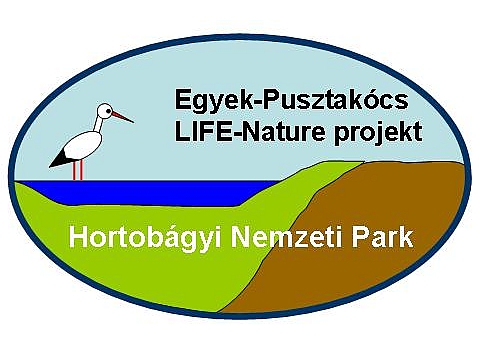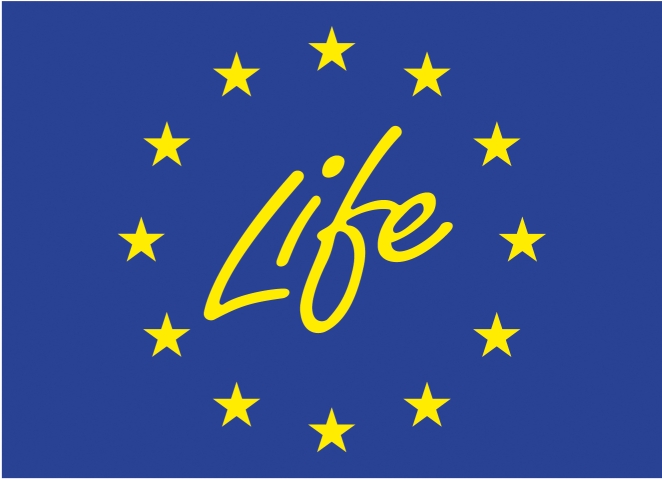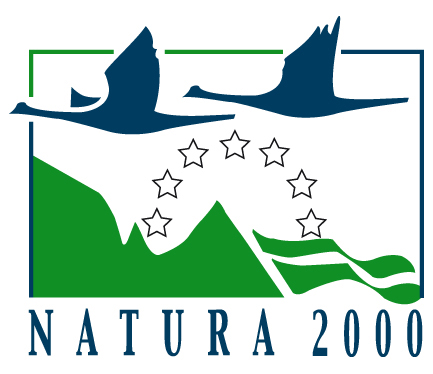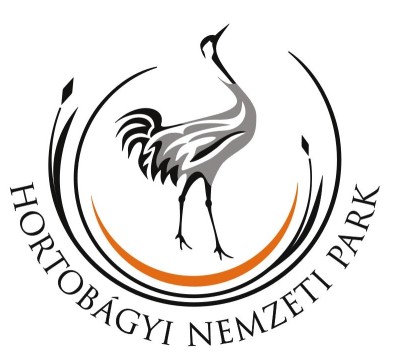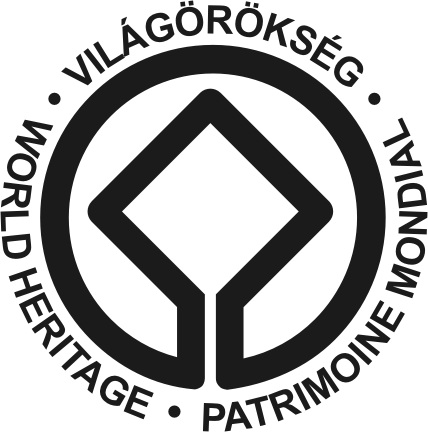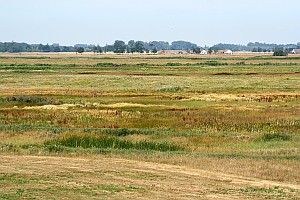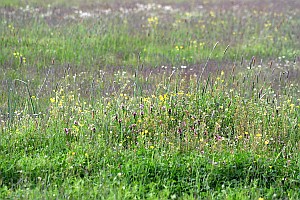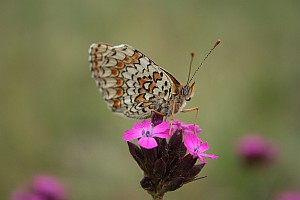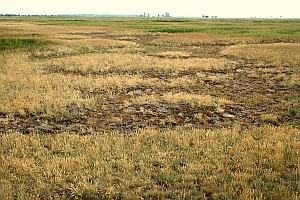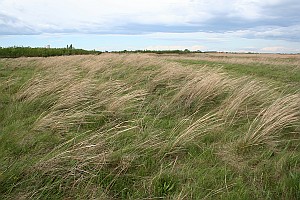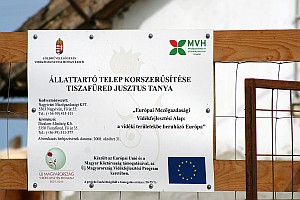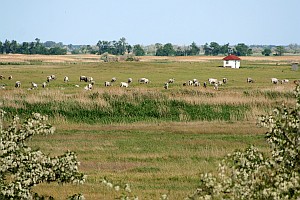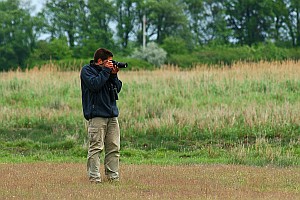 |
Hortobágy National Park |
|
Summary of the results As a result of the LIFE-Nature programme, natural and semi-natural habitat types have reached a better conservation status, i.e., their spatial proportion and connectivity, their quality and chances for long-term persistence have been greatly improved. The areal proportions of habitat types better match those estimated for prehistoric times. The favourable changes in habitats will also be beneficial for populations of numerous protected or strictly protected species and Natura 2000 species found in the marsh system. The results suggested that grassland restoration was successful beyond our expectations. Monitoring showed that the species composition of restored grasslands progressed towards that of the restoration targets (natural loess and alkali grasslands), and in the case of alkali restorations, it even reached the targets in only three years. The fragmentation of grasslands has been substantially reduced because spatial connections between marshes and grasslands have been re-established. Two ecological corridors and several bufferzones were established along marsh edges, which led to a decrease in the chemical load from agricultural cultivation of neighbouring croplands. Human disturbance has decreased to a minimum in most areas. Direct negative effects on grasslands such as goose-farming have been eliminated, and grazing as the optimal way of grassland management has been extended to a large part of the grasslands. The methods used to open up homogeneous reedbeds (grazing, fire management) were successful, and the diversity of habitat types in Fekete-rét marsh has increased. |
|
After the LIFE-programme Key to all conservation actions is sustainability into the future, for which local stakeholders, especially farmers, have to be involved by making them directly interested in maintaining the restorations and conservation management. The most relevant activity in sustaining the grasslands restored and managed in the LIFE-programme is grazing, which is the optimal way of managing Hortobágy grasslands. To this end, we have involved several farmers and farming companies into a new grazing system. By cooperating with these farmers through favourable rental contracts and other means (e.g. supporting their applications to agri-environmental schemes), we achieved that several of them invested considerable resources into developing or extending the infrastructure for grazing and into increasing the number of grazing livestock. As a result of these efforts, farmers have become financially interested in maintaining the grazing system and eventually in providing the optimal way of managing grasslands on the long-term. |
||
Continuation of monitoring To further study the effects of restoration and management actions, we will continue and extend the monitoring system established in the LIFE-programme. The project partner, University of Debrecen, in cooperation with experts from Hortobágy National Park, will continue to study the favourable changes initiated by restoration and management in the LIFE-programme in the Egyek-Pusztakócs marsh system using a research grant from the Hungarian Scientific Research Fund. The study will investigate the effect of post-restoration management (grazing, mowing) using field experiments and will test basic ecological theory regarding the assembly of communities at the landscape scale. |
